Difference Between MCB and MCCBMost of us have heard the words MCB and MCCB about electricity and power supply nowadays. Even though the average person will probably struggle to tell the difference. Both can be used as circuit breakers in an emergency, but they have important differences. 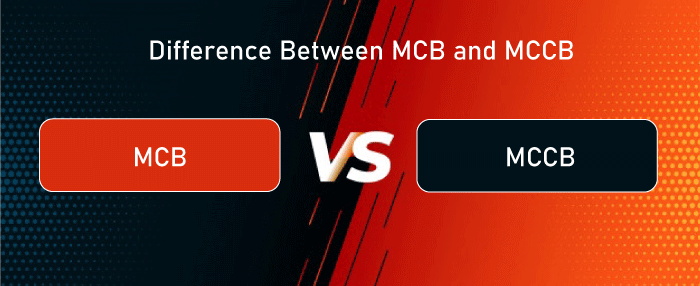
Let's first determine what the names MCB and MCCB mean in this circumstance. Then, we'll get a detailed look at what they signify. Next, this article will discuss the difference between MCB and MCCB. The Miniature Circuit Breaker (MCB) is a smaller Moulded Case Circuit Breaker (MCCB) version. For the electric circuit designed specifically for the purpose, their differences matter. About MCB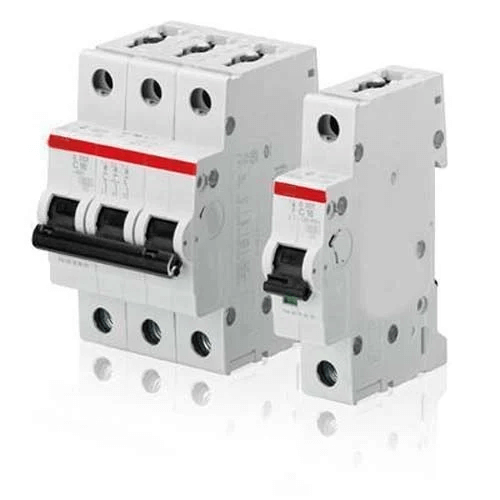
About MCCB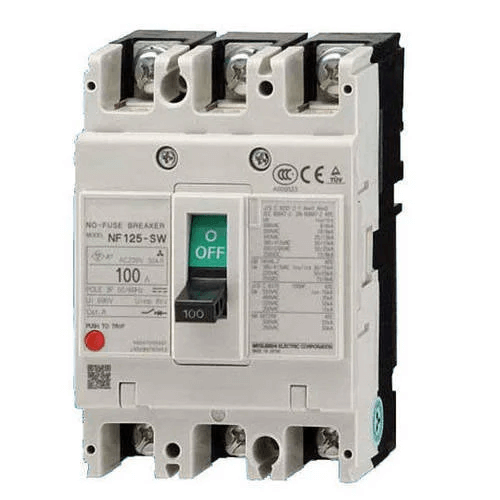
An MCCB is an electric device that protects a circuit from overloading. Nonetheless, it may be used in locations where adjustable tripping is necessary, unlike the MCB. High current applications are where it is most beneficial. The manually operated switch for tripping the circuit is a characteristic of MCCB. There are two configurations for MCCB, one for overtemperature and the other for overcurrent. It has a bimetallic contact that quickly expands with temperature fluctuation. This contact permits the circuit's electricity to flow when everything functions normally. But, if the current increases over the set limit, the contact will heat up and expand until it opens. The equipment will be protected from damage because the circuit may become disconnected from the main supply. MCB Overview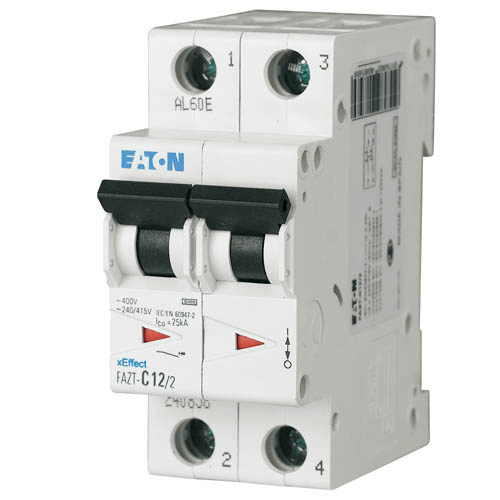
MCCB Overview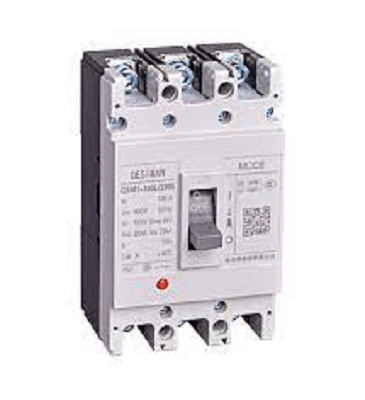
The Key Distinction Between MCB and MCCB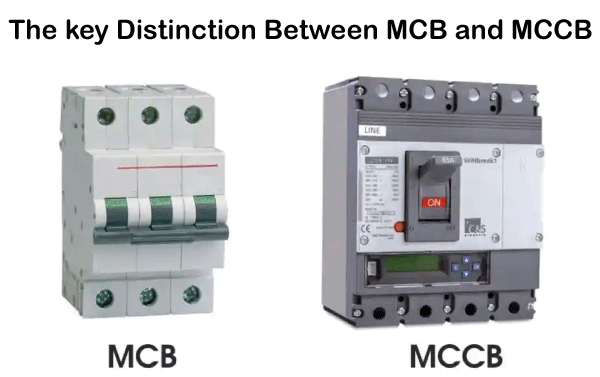
Things to Keep in Mind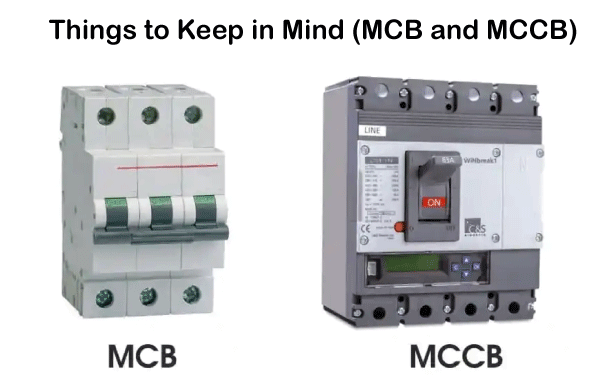
Frequently Asked Questions Regarding MCB and MCCBQuestion 1: What is the MCB and MCCB's maximum normal current rating? Answer: A MCCB can handle 1600A of typical current, while an MCB has a maximum rating of 125A. Question 2: What is the combined maximum short circuit capacity of the MCB and MCCB? Answer: The maximum short circuit capacities of MCBs and MCCBs are 15 kA and 85 kA, respectively. Question 3: What features of MCB and MCCB are similar? Answer: The following are some similarities between MCB and MCCB:
Question 4: Circuit breakers: What are they? Answer: Any property's electrical protective equipment is comprised of circuit breakers. Inside an insecure electrical wiring system, they take on the role of a third party. The MCB, MCCB, RCD, RCCD, and RCBO are only a few circuit breakers. They defend against appliance damage and associated risks in residential and commercial environments. All of these circuit breakers are created to carry out particular tasks. Question 5: What are the two configurations in an MCCB? Answer: In MCCB, there are two configurations, one for overcurrent and the other for overtemperature. When MCCB's temperature fluctuates, a bimetallic contact on the device shrinks and expands. While the circuit runs normally, the bimetallic contact allows current to pass. The contacts warm up and expand until they are open when the current surpasses the set value. As a result, the circuit disconnects from the main supply and secures the machinery. Question 6: Why do people like MCB for household appliances? Answer: To prevent fire or electrical hazards, MCB protects the electrical load and conductors from overcurrent. The MCB recovers the supply rapidly and is very safe to handle. Hence, MCB is preferred for overload and short-circuit protection in household applications. It also doesn't need regular maintenance.
Next TopicDifference Between
|
 For Videos Join Our Youtube Channel: Join Now
For Videos Join Our Youtube Channel: Join Now
Feedback
- Send your Feedback to [email protected]
Help Others, Please Share










